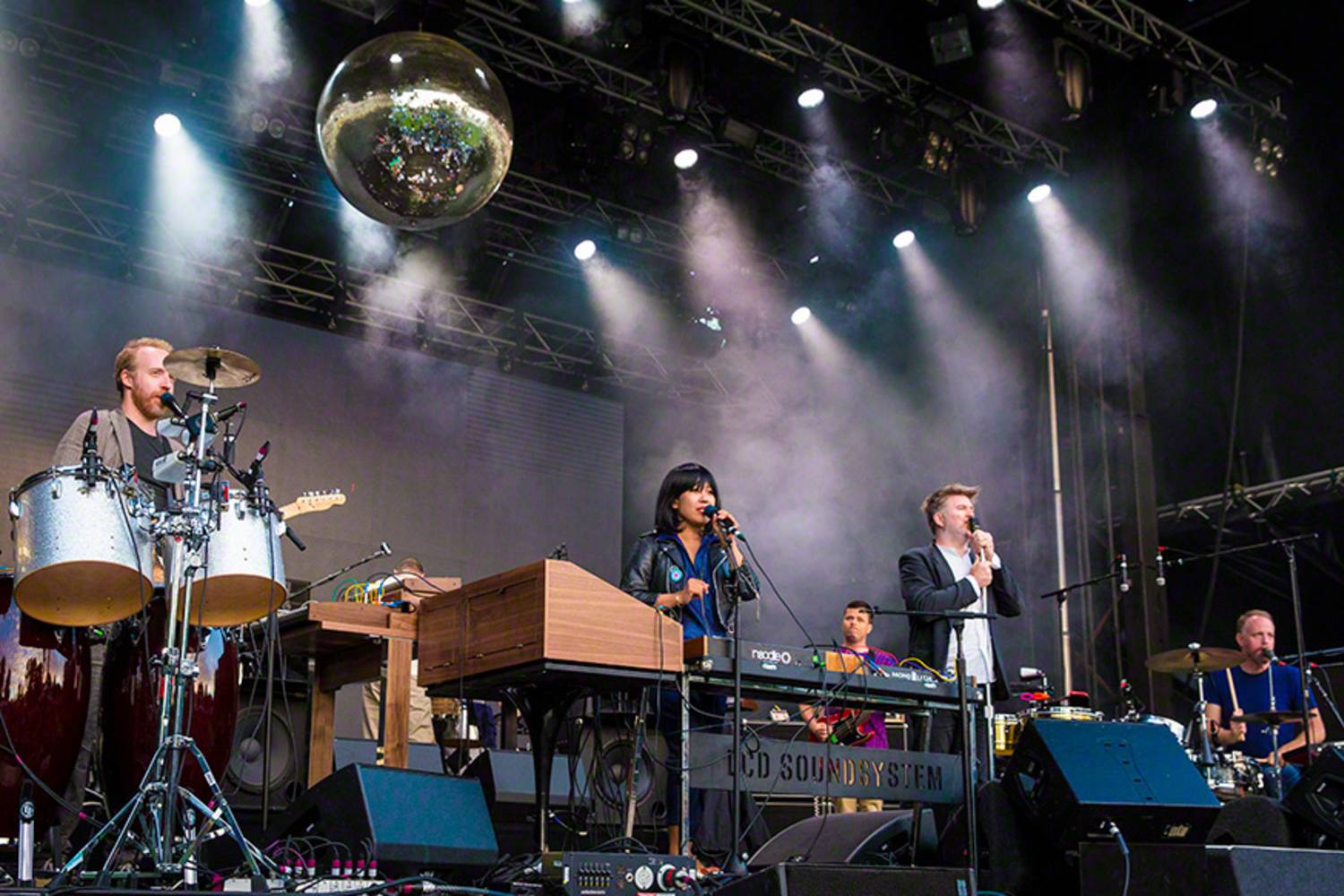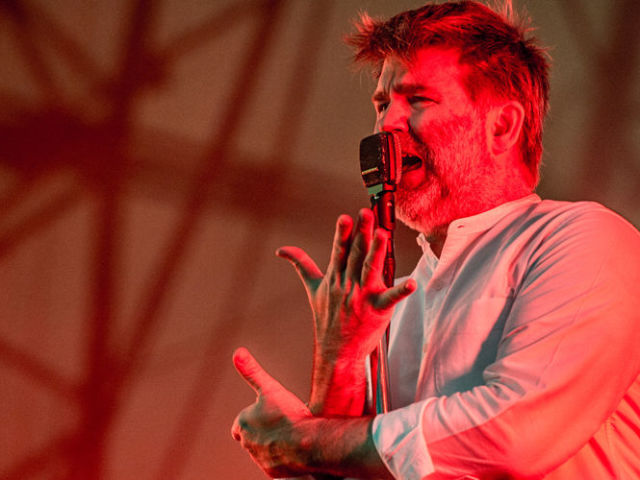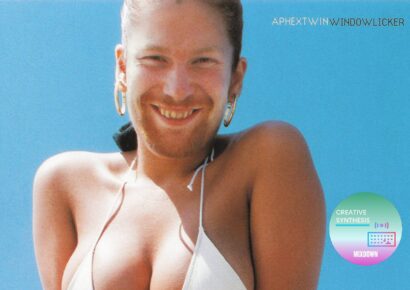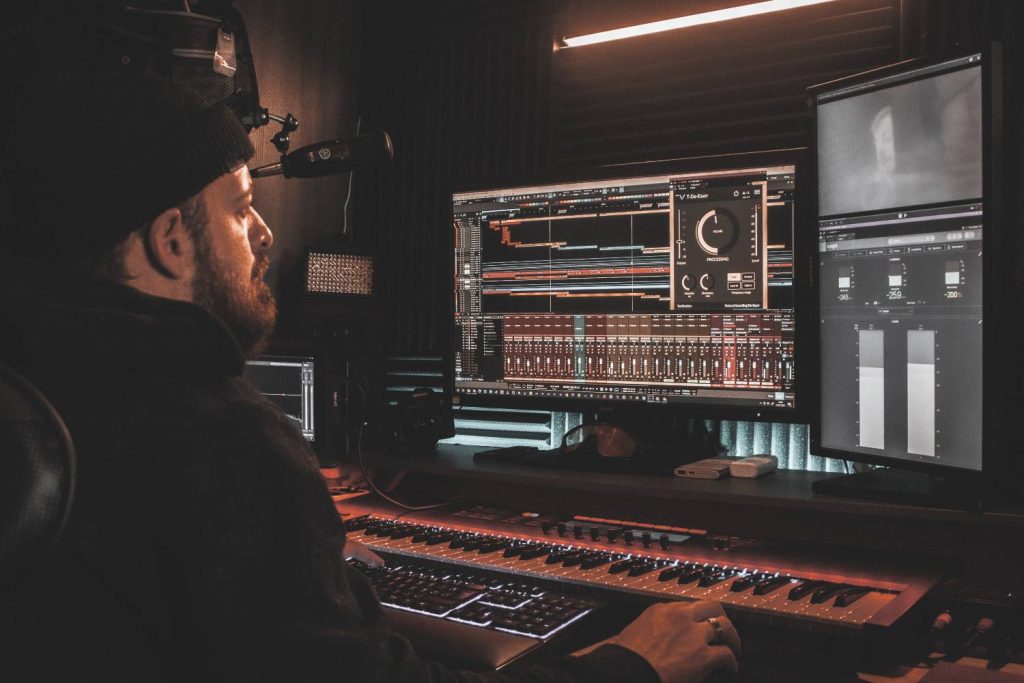A look at James Murphy & co of LCD Soundsystem's weird and wonderful gear.
As the world’s foremost example of indie-dance-punk-disco-electro-rock, LCD Soundsystem’s sound has evolved over three acclaimed albums and 15 years, but has never wavered from being anything but truly unique. Part of what has assured the band’s wide appeal is their successful synthesis of a diverse array of sounds and genres that are unified by James Murphy’s imperfect vocals, quirky subject matter, and a love of analogue drum machines and synthesisers.
Read all the latest features, columns and more here.
Serving as the band’s driving force, as well as acting as frontman, producer, and engineer, it is fairly obvious that James Murphy is something of a gear-head. Having built a recording studio and label for both his own and other people’s recordings, Murphy filled the space with much of the equipment that is responsible for the DFA Records/LCD sound. Having recently reunited with a new album on the way, now is the perfect time to take a closer look at the instruments that shape their sound.
Synthesisers
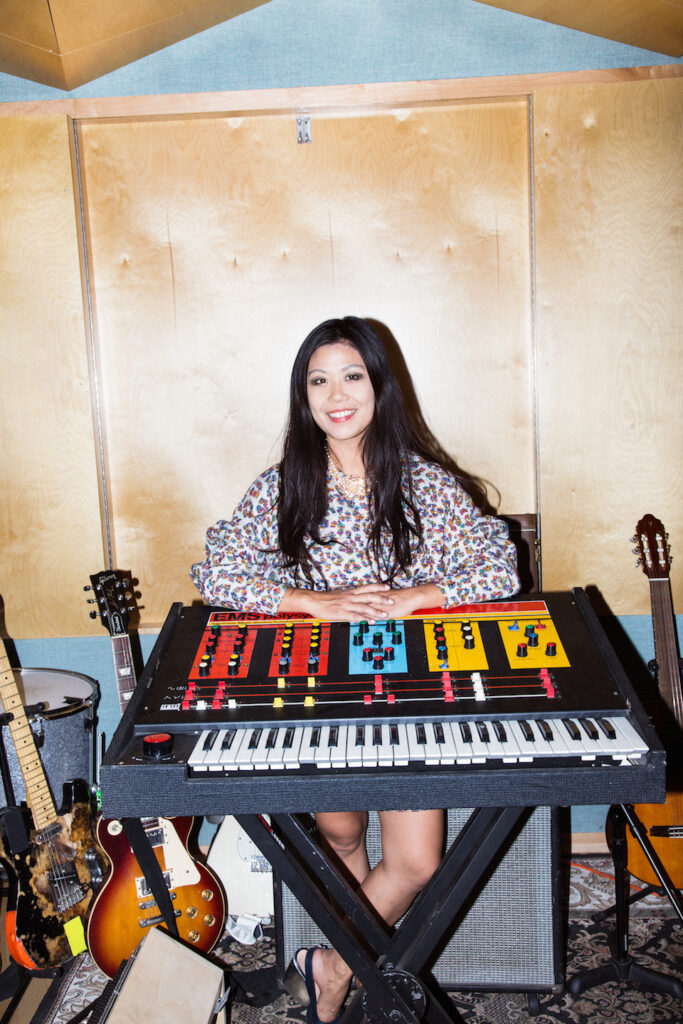
Unsurprisingly, the list of synths used by Murphy and keyboardist Nancy Whang is quite a long one. During live shows, Whang has often been spotted with a Casio MT-400V, a Moog Rogue and a Korg SQ-10 analogue sequencer.
LCD Soundsystem also once posted a photo to their website of Whang displaying several synths that have been custom built for their current tour by Nick Millhiser of the synth pop duo and DFA labelmates Holy Ghost.
In the studio Murphy uses a variety of synths, including an EML Electrocomp 100, a Roland Juno-60, SH-101, and an EMS VCS 3. “James would mix bass through this thing all the time, just using the low pass filter ever so slightly,” said Millhiser of the latter instrument.
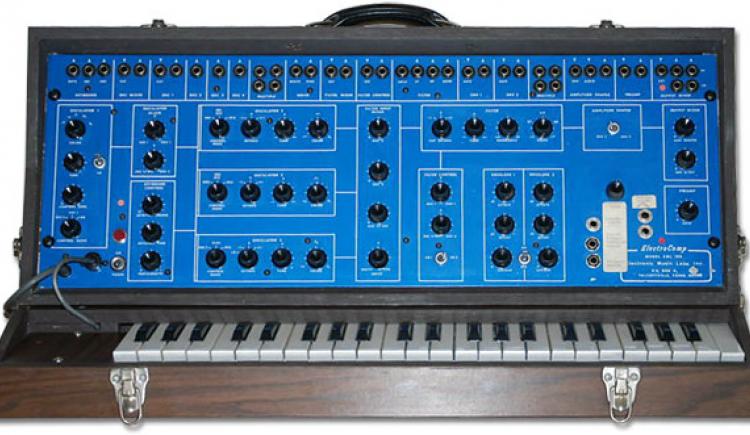
Murphy is also known to use the Roland SH-101 in his live setup, with Juan MacLean, also of DFA telling Vice, “I use it for bass and lead sounds, and it also has it’s own sequencer that I use quite a bit. You can sync it with other gear using the CV, gate, and clock inputs. LCD has used these live as well. James had three in each rig.”
Murphy has also has made good use of the Yamaha CS60, which has featured prominently on several tracks. “On ‘Get Innocuous’, obviously that beat that starts everything is what started the track,” told Murphy to XLR8R of the recording sessions for 2007’s Sound Of Silver. “Originally that beat was just made out of a bunch of sounds from a Yamaha CS60; those are all just a series of kick drums with the synth, and making the snares and sampling them. I like making kinda wonky beat loops and programming them without a grid so that they feel more liquid and they’re much easier to play to. Grid-y things are really difficult to play to ’cause they don’t adjust for a sample being late in the attack.
“And I did stuff with the modular synth – I think it was probably the Moog Taurus (II pedal synthesisier) being controlled with my Korg SQ10 modular sequencer – just doing a drum-machine-and-synth take and then going and playing drums live to it. I’m more intuitive than I am thoughtful. I prefer to go play and then when I’m bored playing something, it usually lines up with when it’s time to change.”
Besides these, LCD have been known to use the EMS Synthi A synth, the Sequential Circuits Prophet-600, the Moog CDX organ, the Roland Juno-60, and the Simmons SDS-V drum synthesiser.
Keyboards
Murphy has a highly prized Baldwin Fun Machine organ which he had specially modified so that he could play the song ‘Disco Infiltrator’ live, and can also be heard prominently on the Sound of Silver track ‘Us V. Them’.
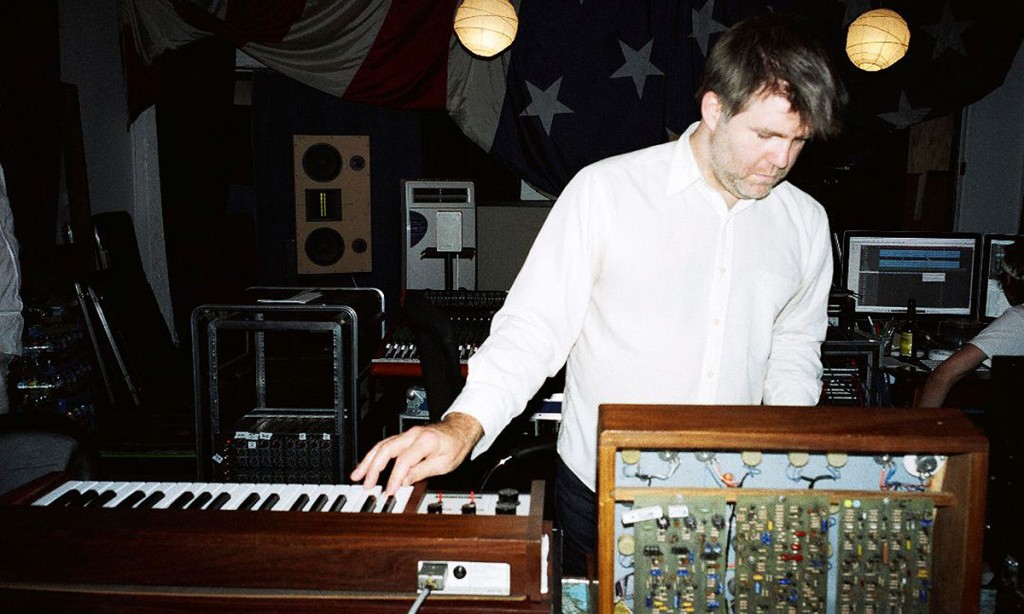
“We have knobs that have been modified all over this light-up home organ from the 70s,” he said about the Fun Machine. “You can tap into time where it can receive a pulse and stay in time, and you can also attack the filters. It sounds amazing, and we now use it on a lot of stuff.”
Other than this the band have been known to use a Farfisa Professional Duo organ, a Hohner Clavinet D6 piano, a Wurlitzer 200A electric piano, and a Yamaha CP-60 electric grand piano.
Microphones
The image of Murphy clutching a Sennheiser MD 409 to his mouth is one that immediately springs to mind when thinking of LCD Soundsystem’s live show. It is his live mic of choice, not only nailing the sound but retro aesthetic of the band.
Murphy’s studio choices similarly contain several vintage microphones, including Beyerdynamic M160 and M201 ribbon mics, a Coles 4033 ribbon mic, a RCA BK5 ribbon mic, a Manley Reference Cardioid, an Electro-Voice RE2000 condenser, and the Neumann TLM 193 condenser.
“I’ve used it for every vocal I’ve ever done and it’s been used for almost every vocal recorded in this studio for DFA releases,” said MacLean. “This mic usually goes into a Universal Audio preamp, into the DBX 165, into the LA-2A. We also typically use it on drums—mostly kick and snare. I’d guess that all of James’ vocals have been sung through this as well. It’s very dark, unlike new condenser mics, which are really bright. You have to boost the high end in mixing, but I always find it much more pleasing to have to add a little high end to a recorded vocal track than to make it less bright. As much as a lot of things in here, this is a defining sound of DFA.”
Bass
The band have stated in the past that they proudly use cheap guitars, including $100 Squier Telecasters, and a 1960s Epiphone bass, which was purchased from eBay for $150.
“There’s an old Epiphone bass that I use that has no name from the ’60s, that I’ve recorded everything with through an old Ampeg Portaflex B-15 flip-top bass amp,” said Murphy to XLR8. “Basically bass is always the Epiphone into the Portaflex.”

Guitars
“I was looking to buy a guitar. They make expensive Epiphone Les Paul Juniors, and they also make these cheap ones,” said Murphy.
“I bought the $70 model and then thought about what I wanted from it. I’d rather have this type of pickup, this type of nut; I want these types of tuning pegs and this type of bridge. So I had someone modify it, and it still cost me less than the fancy one and has exactly what I wanted. The fancy one has things that this doesn’t have, but [it also] doesn’t have things that I care about.”
Drums
“I have a set of 1957 Gretsch jazz drums that are what we record everything with, and they sound astonishing,” said Murphy of his studio kit. “There’s just no way to tune them or mic them to make them sound bad, which makes drum recording much easier.”
For their live shows drummer Pat Mahoney has in the past expanded his kit with Simmons SD8 and SDSV drum pads, as well as TR-33 and TR-808 drum machines.
For more on LCD Soundsystem check out this interview with NPR.
